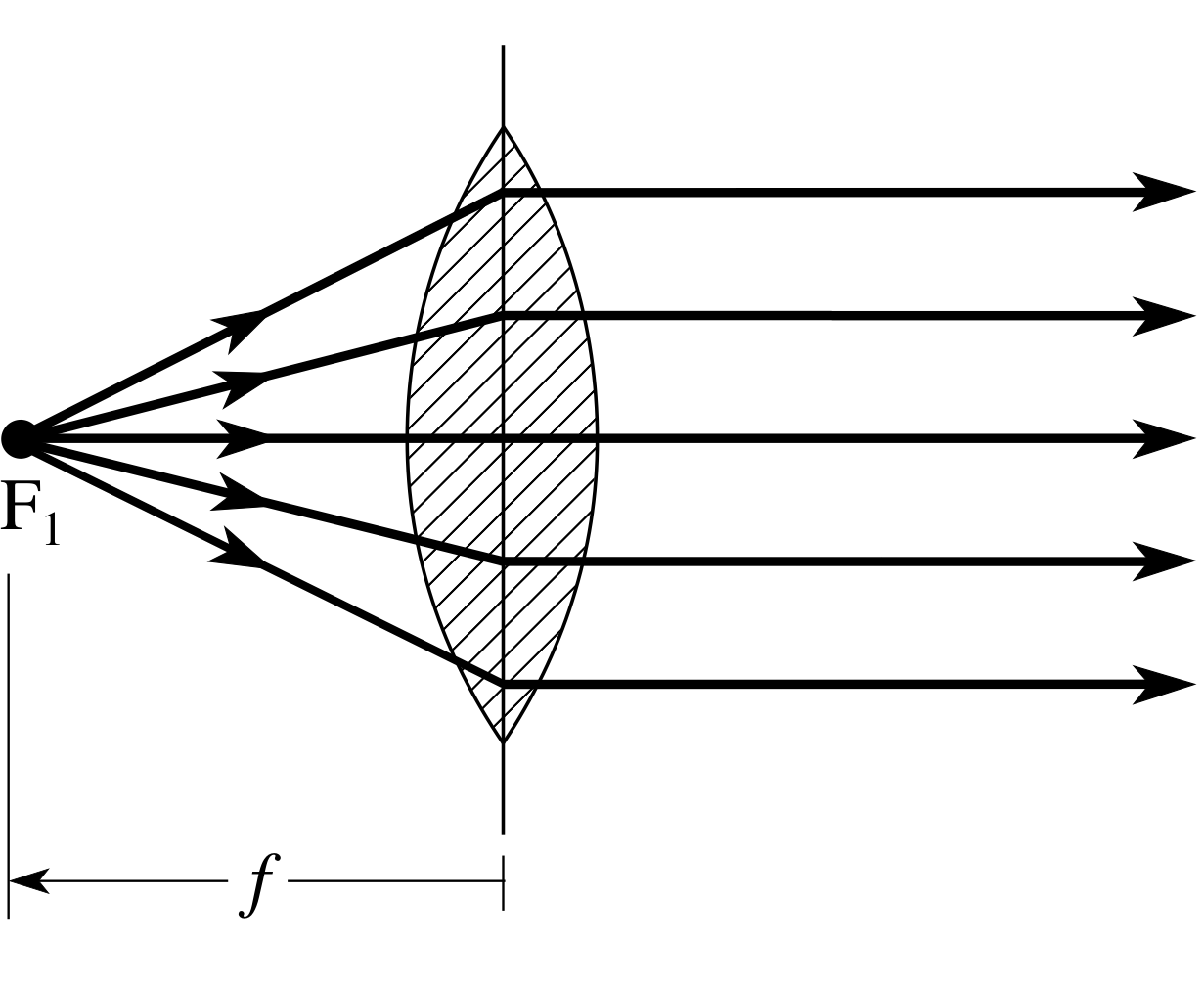Question #de271
1 Answer
To answer this question, first we have to know what is the physics behind image formation by a overhead projector.
Think of a convex lens, with an object placed just before its focus (but away from

The image is formed at infinity. Don't confuse infinity with the infinite distance. It's actually the distance compared to the focal length of the lens (if the image distance >>
Now, let's go back to the projector. The image distance is constant for the projector (the distance between wall and projector).
The object (usually, the transparent sheets which needs to be projected) is supposed to be placed in front of the convex lens at a distance corresponding to the given image distance (since focal length is known, for a given image distance, object distance can be calculated). If the object is not at that distance the image goes blurred.
There's a focusing knob, which is actually used to change the object in order to get the image focused.
